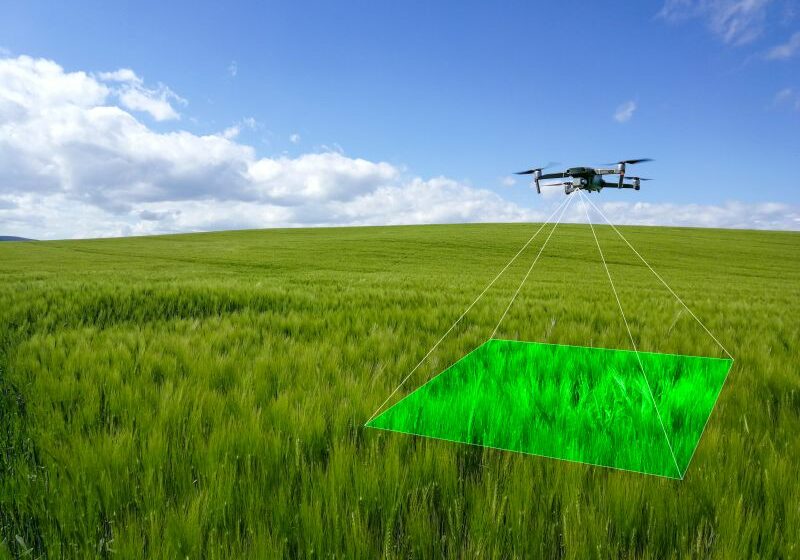Photonics in Agriculture Improving Crop Yield and Quality

Photonics in Agriculture: Improving Crop Yield and Quality
Photonics, the science and technology of generating, controlling, and detecting photons, has been revolutionizing various industries, and agriculture is no exception. The use of photonics in agriculture has opened up new possibilities to improve crop yield and quality, addressing challenges such as scarce resources, climate change, and population growth. By harnessing the power of light, farmers can optimize plant growth, monitor crop health, and enhance food production in a more sustainable and efficient manner. This blog post explores the advancements and applications of photonics in agriculture, highlighting how this innovative technology is transforming the way we grow and harvest crops. From precision farming to intelligent imaging systems, photonics is paving the way for a greener, more productive future in agriculture. Let’s delve into the exciting world of photonics and its impact on crop yield and quality.
Precision Farming: Optimizing Resource Allocation and Minimizing Waste
Precision farming is one area where photonics is making a significant impact. By utilizing advanced sensors and imaging technologies, farmers can gather precise data on soil conditions, moisture levels, and plant health.
This information allows them to make informed decisions on crop management, optimizing resource allocation and minimizing waste. From assessing soil fertility to monitoring crop growth, photonics technology is empowering farmers to achieve higher yields and more sustainable practices.
Intelligent Imaging Systems: Detecting Early Signs of Disease and Stress
Another area where photonics is transforming agriculture is in intelligent imaging systems. These systems enhance the accuracy and efficiency of crop monitoring and inspection. From drones equipped with multispectral imaging cameras to smart cameras integrated into automated machinery, farmers can collect vast amounts of data on crop health and quality.
This data can then be analyzed using machine learning algorithms, providing insights and recommendations for improving farming practices. By leveraging the power of photonics, farmers can detect early signs of disease or stress in crops, enabling timely interventions and preventive measures.
Controlled Environment Agriculture: Optimizing Growth Conditions
In addition to precision farming and intelligent imaging systems, photonics is also driving advancements in controlled environment agriculture (CEA). CEA involves growing crops in precisely controlled environments such as greenhouses or vertical farms, where factors like temperature, humidity, and light can be finely tuned to optimize growth.
Photonics plays a crucial role in CEA by providing advanced lighting technologies such as LED grow lights. These lights can be tailored to specific plant requirements, providing the right spectrum and intensity of light for photosynthesis and growth. By harnessing the power of photonics in CEA, farmers can achieve higher crop yields, faster growth rates, and year-round production.
An Innovative Future: Photonics and the Agriculture Industry
In conclusion, photonics is revolutionizing the agriculture industry by improving crop yield and quality. By utilizing precision farming techniques, intelligent imaging systems, and controlled environment agriculture, farmers can optimize resource allocation, detect early signs of disease or stress, and create the ideal growth conditions for crops.
At Rudzinsky Associates, we pride ourselves on our deep understanding of the impacts and applications of photonics in all applications including agriculture. Through our commitment to ongoing research and networking, we stay at the forefront of industry advancements, ensuring that we can provide valuable insights and expertise to our clients and candidates. Contact us today to learn more about how photonics is transforming agriculture and how we can help you find the exceptional talent you need in this rapidly evolving field.



